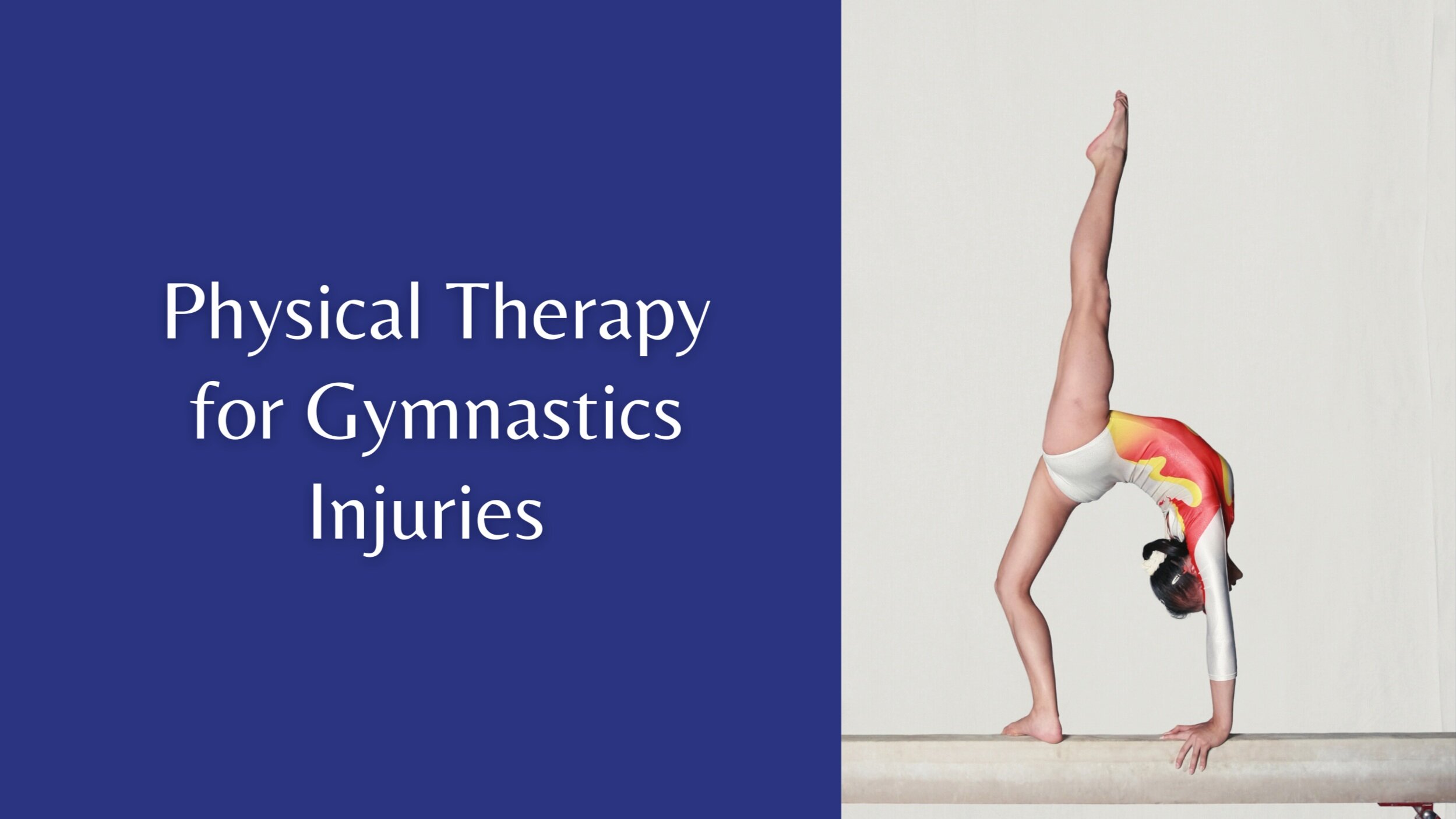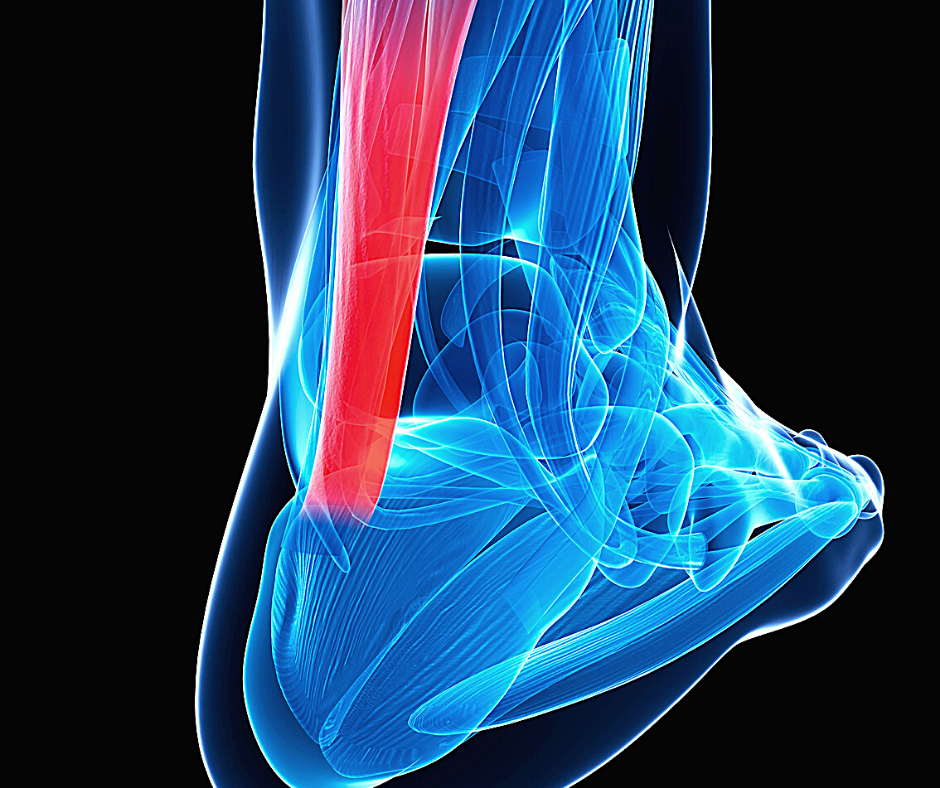Mangiarelli Rehabilitation Physical Therapy Blog
Addressing Basketball Injuries with Physical Therapy
Basketball is a high-intensity sport, requiring running multi-directionally, shuffling the body laterally, jumping, and quick starts and stops. The intense physical demands of basketball heighten the risk of injury. Physical therapists work with basketball players to not only prepare them for a successful basketball season through a customized strength and conditioning program, but also address any in-season injuries and help athletes regain strength, mobility, balance, and function for a safe return to sport.
November 2023 Newsletter
Check out our November 2023 newsletter, highlighting managing Achilles tendinopathy with physical therapy, managing lymphedema after breast cancer, 3 posture training exercises to improve postural alignment, and understanding the science of pain.
Managing Achilles Tendinopathy with Physical Therapy
Achilles tendinopathy is a common athletic injury caused by repetitive stress and overuse of the Achilles tendon, causing inflammation and irritation of the tendon. It most often occurs due to a sudden increase in training volume or intensity without adequate recovery time. Physical therapy exercise rehabilitation is the best intervention to address Achilles tendinopathy, restore strength and function in the lower extremity, and ensure a safe return to sports competition. Mangiarelli Rehabilitation physical therapist Bobby demonstrates 4 exercises you can do to address Achilles tendinopathy.
Physical Therapy for Pickleball Injuries
Pickleball is one of the fastest growing sports in the United States, played on a tennis-like court using a softball-sized, hard-plastic ball and a wooden racket to serve and volley the ball back and forth. While fairly easy to pick up, pickleball requires fast movements of the upper and lower body, sudden pivots and cuts, and side-to-side shuffling, which can contribute to injury. Physical therapy can help pickleball players not only recover from an on-court injury, but also prepare for a successful pickleball season through targeted strength and conditioning.
Preventing Track and Field Injuries with Physical Therapy
Track and field involve a variety of events that involve running, throwing, and jumping, which can place unique stress on the athlete’s body and contribute to injury. Track injuries are most often chronic overuse injuries such as runner’s knee, shin splints, plantar fasciitis, and hamstring injuries. Physical therapists can help track and field athletes manage and recover from overuse injuries and prevent injury through therapeutic exercise, strength training, gait analysis, and manual therapy. Check out our 10 tips to prevent injury this track season!
Physical Therapy for Common Football Injuries
Football is a high-contact sport with one of the highest sport injury rates. Common football injuries include concussions, ACL tears, ankle sprains, turf toe, shoulder dislocation, rotator cuff tears, and hamstring strains. Physical therapy provides effective treatment for football-related injuries, helping the athlete to safely recover and return to sport when fully healed. Physical therapists help athletes regain strength, function, and range of motion through a targeted therapeutic exercise and strengthening program while managing pain and minimizing the risk of future injury.
Preventing Cross Country Injuries
Check out our 8 tips to prevent cross-country injuries! Cross country is an outdoor endurance sport that involves running along a trail of natural terrain. The repetitive impact of running on irregular natural terrain can heighten the risk of injury in cross-country runners. Following a training regimen that incorporates cross-training and targeted strengthening plays a crucial role in preventing cross country injuries during the season. A physical therapist can not only effectively treat any injuries that occur, but also help cross country runners prepare for a successful season through a customized exercise program.
Physical Therapy for Gymnastics Injuries
Gymnastics is an incredibly demanding sport that requires extreme strength, power, flexibility, and mobility of the entire body. Due to the extraordinary physical demands, high impact forces on the body, and rigorous training schedule of the sport, acute and overuse injuries can occur, most commonly in the ankle, knee, wrist, elbow, and low back. Physical therapists work closely with gymnasts to restore function, mobility, strength, and flexibility after an injury, ensure a safe return to sport, and prevent recurrent injuries.
Physical Therapy for Achilles Tendonitis Infographic
Achilles tendonitis is an inflammation of the Achilles tendon, often due to repetitive stress on the tendon or a sudden increase in the amount or intensity of exercise that places too much stress on the Achilles tendon. Physical therapy helps decrease pain and swelling of the tendon, strengthens the affected area, improves flexibility and mobility, and helps individuals return to activity safely. Check out our infographic to learn more!
Physical Therapy for Common Running Injuries
Running has numerous benefits, including increased cardiovascular fitness and stronger muscles and joints. However, running injuries are a fairly common occurrence due to the repetitive stress that the act of running can place on certain joints and muscle groups. Physical therapists can help runners manage common injuries like runner’s knee and plantar fasciitis with personalized treatment that includes pain management, exercise rehabilitation, manual therapy, and body mechanic instruction.
Achilles Tendonitis Management with Physical Therapy
The Achilles tendon is the largest and strongest tendon in the body that allows you to run, jump, and stand on the balls of your feet. Achilles tendonitis is an inflammation of the tendon, often due to chronic overuse, that leads to swelling, pain, and irritation. Physical therapy is the most common treatment for Achilles tendonitis, decreasing pain, strengthening the affected area safely, improving mobility and flexibility, and allowing patients to return to daily activities and sports in a timely manner.






















